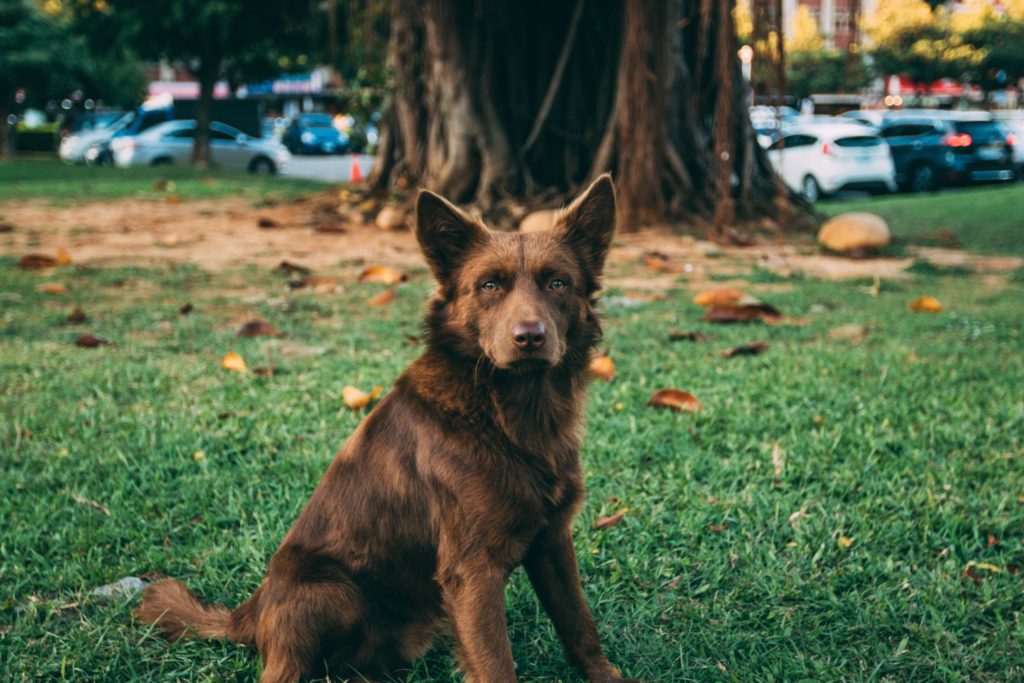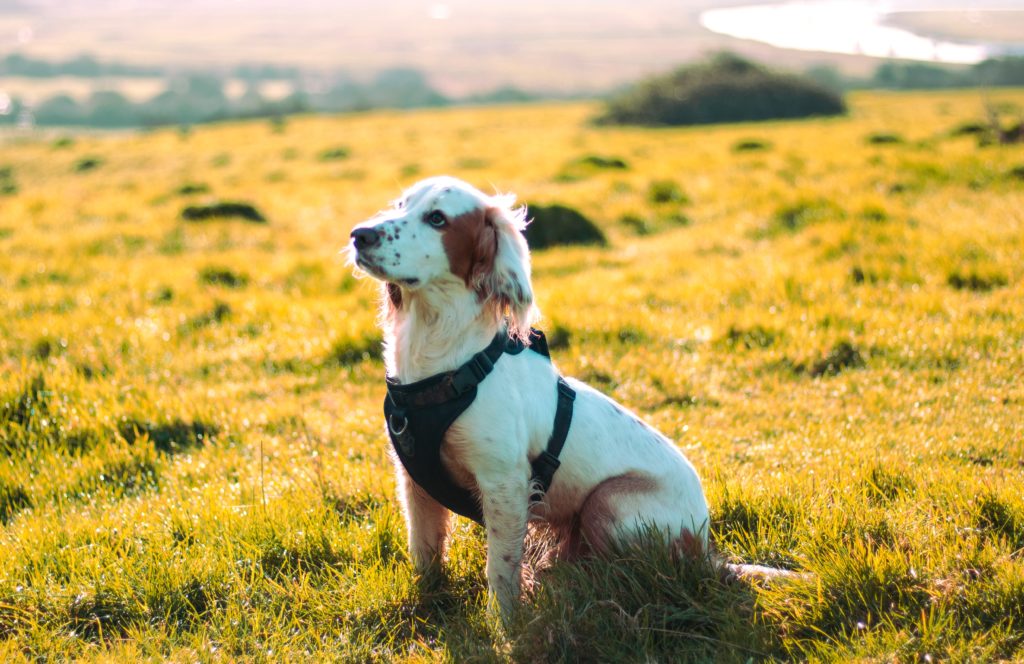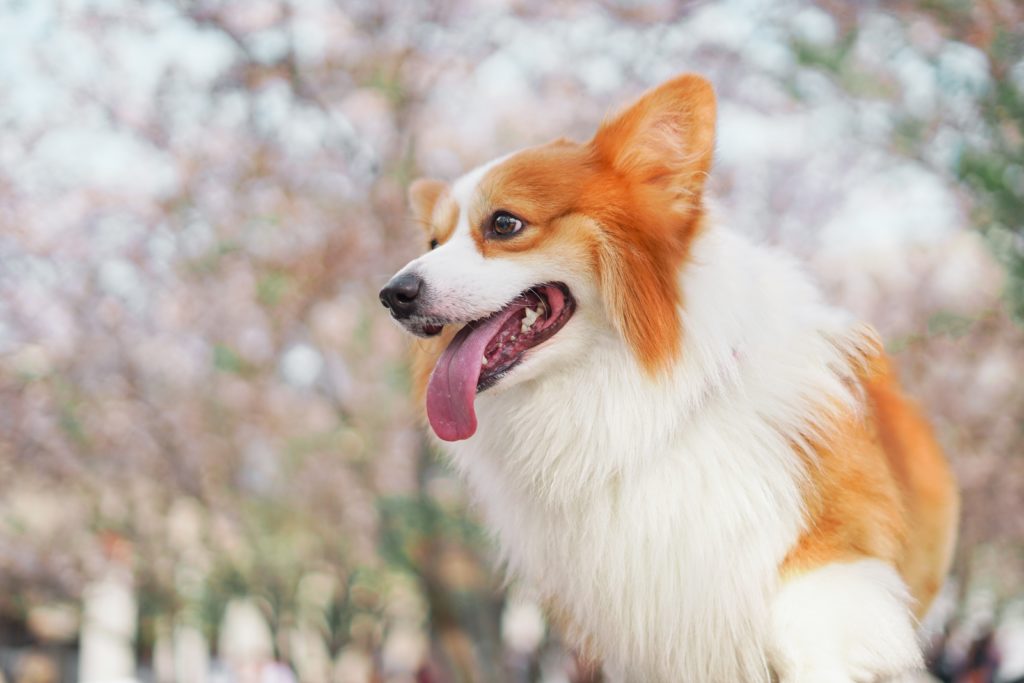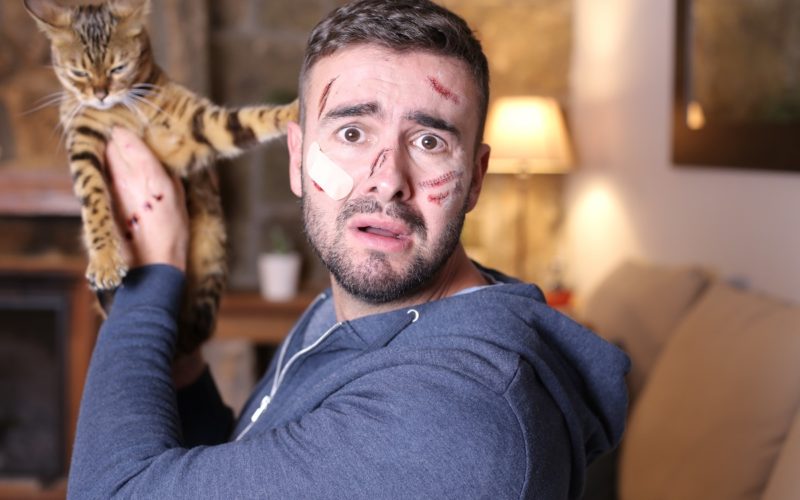Every dog owner will tell you that in the life of a dog, an injury will occur and accidents will happen. While the phrase “stitches” may carry with it a stigma of severity and pain, often stitches are a precaution to ensure an injury doesn’t get worse.
While we may think of stitches as being a way to keep everything in, medically speaking, stitches are far more important for keeping things out. Debris, bacteria, and microbes are all dangers to your dog’s recovery, and stitches help prevent those things from becoming a problem. This guide is everything you need to know about how to clean dog stitches and how to keep him healthy throughout his recovery.
Preventative Cleanliness
According to VCA Hospitals, the first part of keeping stitches clean is preventative cleanliness. Preventative cleanliness is just as important as the act of cleaning your dog’s stitches. Preventative cleanliness will make the active process of cleaning much easier, and it will help your dog’s wound to heal faster. Here are some examples of preventative cleanliness:
Restricting Movement
 For most dogs, lethargy is a common side effect of most medical procedures. Surgical procedures are especially taxing on your dog, and for the first day or two, they will likely be apprehensive to move on their own. When monitoring your dog after he has gotten stitches, it is important to limit his movement, so the stitches don’t split open. Remember, you can’t clean a stitch if it is busted open. In the case that your dog’s stitches have come out, get him to the vet as soon as possible.
For most dogs, lethargy is a common side effect of most medical procedures. Surgical procedures are especially taxing on your dog, and for the first day or two, they will likely be apprehensive to move on their own. When monitoring your dog after he has gotten stitches, it is important to limit his movement, so the stitches don’t split open. Remember, you can’t clean a stitch if it is busted open. In the case that your dog’s stitches have come out, get him to the vet as soon as possible.
Even in the first few days, your dog may be prompted to act on instinct and attempt to jump into the car after the vet visit or hop up onto the couch when you get home. Do your best to take control of your dog and actively assist his movements rather than trying to guess what his next move may be. Limiting movement is the first step in caring for your dog’s stitches.
Preventing Licking and Keep the Stitches Dry
Your dog is going to lick his stitches, or at least he is going to try. According to Cuteness.com, trying to lick stitches is an entirely normal behavior for dogs. However, it is your responsibility to see to it that it doesn’t happen.
Licking stitches is an excellent way for your dog to introduce a variety of nasty bacteria and moisture to an area that needs to be kept dry and bacteria-free. Invest in a comfy motion restrictive collar that your dog can wear, which will prevent him from reaching the incision with his mouth.
Do your best to keep the stitches dry. A wet stitch is more prone to falling apart, and the more humid the incision, the more likely bacteria will grow.
Don’t Fuss Too Much
It is important to remember that the stitches your vet put in are helping the wound heal. While the natural healing process may not be pretty, it is a biological imperative that is highly effective. You must allow nature to take its course.
Rover asserts that an owner should routinely inspect the incision to ensure that there are no glaring issues, but inspections should happen no more than twice daily. So long as there are no apparent problems, it’s best to leave the stitches alone. The same way you might implement a cone to prevent your dog from messing with his stitches, you must practice self-control as well.
Cleaning the Wound
 Here are the fundamental steps for cleaning a dog’s stitches:
Here are the fundamental steps for cleaning a dog’s stitches:
1) Gently dab away any excess moisture
2) Use a Bulb syringe to slowly and gently apply warm water
3) Dab away excess moisture and check to see if the wound is clean
4) Repeat this process until the wound is clean
5) Use an antimicrobial spray or antibacterial ointment on the wound as directed. Re-bandage if necessary
Pro-Tip: Do not use soap on the incision site and do not bathe your dog until the wound is fully healed
The most important piece of advice to remember when cleaning your dog’s stitches is that you should only do so when directed by a vet. If your vet doesn’t give you explicit instructions to clean your dog’s stitches, then leave them alone and monitor your dog’s behavior. Most vets prefer to change bandages and clean incisions themselves. Usually, a follow-up visit is requested for three or four days after the initial suture is put in place.
If your dog’s condition is an unusual circumstance, and your vet advises you to clean the stitches at home, follow your vet’s directions. You must be gentle and thorough when cleaning your dog’s wound, as he will likely be sensitive to touch.
Never use any chemical agents that have not been previously approved by your vet. Antimicrobial sprays and topical ointments are good for healing, but always consult your vet using on a wound. As long as you take the right precautionary measures, your pup should have no problems in achieving proper healing.
Sources:
Coleman, Liz. “Caring for Your Dog’s Stitches After Surgery: The Ultimate Guide.” Rover, 8 Oct. 2019, www.rover.com/blog/caring-dog-stitches/.
“How to Clean and Care for a Dog’s Incision: Cuteness.” Cuteness.com, www.cuteness.com/article/clean-care-dogs-incision.
Llera, Ryan. “Care of Surgical Incisions in Dogs.” VCA Hospitals, vcahospitals.com/know-your-pet/care-of-surgical-incisions-in-dogs.




